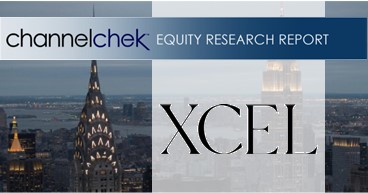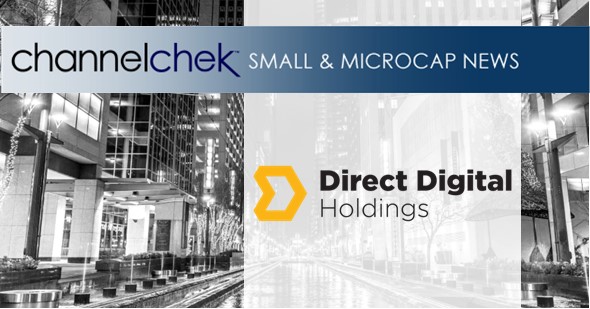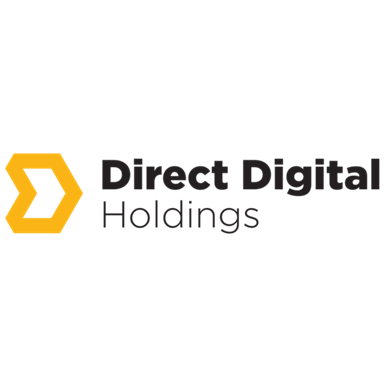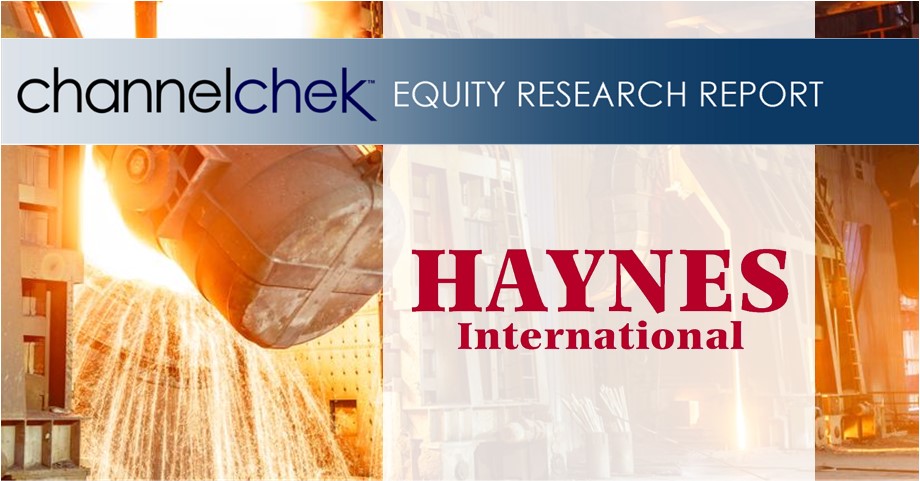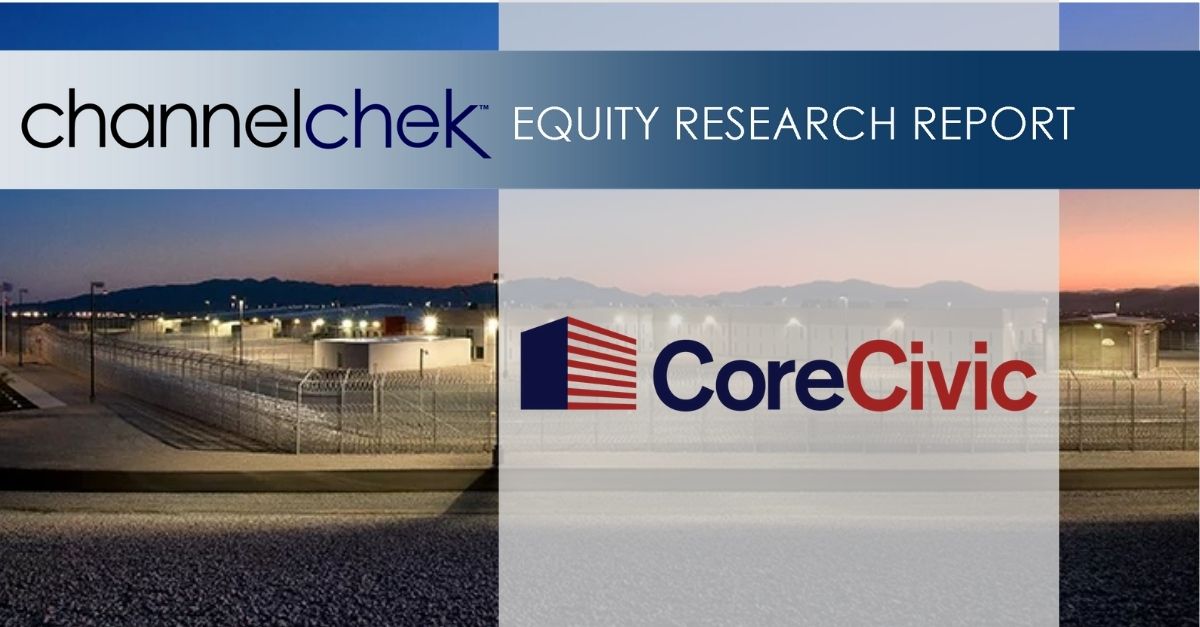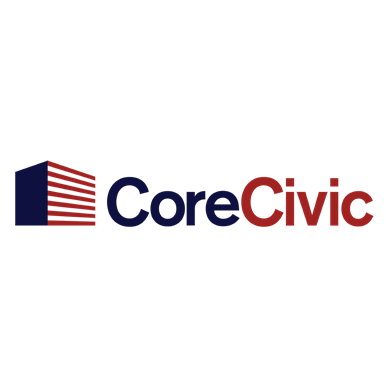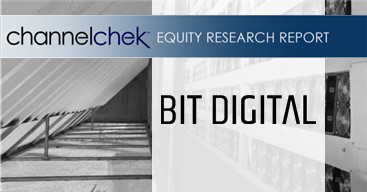Despite growing fears of an impending recession, the Federal Reserve is showing no signs of pivoting towards interest rate cuts any time soon, according to minutes from the central bank’s early-November policy meeting.
The minutes underscored Fed officials’ steadfast commitment to taming inflation through restrictive monetary policy, even as markets widely expect rate cuts to begin in the first half of 2024.
“The fact is, the Committee is not thinking about rate cuts right now at all,” Fed Chair Jerome Powell asserted bluntly in his post-meeting press conference.
The summary of discussions revealed Fed policymakers believe keeping rates elevated will be “critical” to hit their 2% inflation target over time. And it gave no indication that the group even considered the appropriate timing for eventually lowering rates from the current range of 5.25-5.50%, the highest since 2000.
Despite investors betting on cuts starting in May, the minutes signaled the Fed intends to stand firm and base upcoming policy moves solely on incoming data, rather than forecasts. Officials stressed the need for “persistently restrictive” policy to curb price increases.
Still, Fed leaders acknowledged they must remain nimble in response to shifting financial conditions or economic trajectories that could alter the monetary path.
Surging Treasury Yields Garner Attention
This balanced posture comes after the early-November gathering saw extensive debate around rapidly rising Treasury yields, as 10-year rates hit fresh 15-year highs over 4.3%.
The minutes linked this upward pressure on benchmark yields to several key drivers, including increased Treasury issuance to finance swelling federal deficits.
Analysts say the Fed’s aggressive rate hikes are also forcing up yields on government bonds. Meanwhile, any hints around the Fed’s own policy outlook can sway rate expectations.
Fed participants decided higher term premiums rooted in fundamental supply and demand forces do not necessarily warrant a response. However, the reaction in financial markets will require vigilant monitoring in case yield spikes impact the real economy.
Moderating Growth, Elevated Inflation Still Loom
Despite the tightening already underway, the minutes paint a picture of an economy still battling high inflation even as growth shows signs of slowing markedly.
Participants expect a significant deceleration from the third quarter’s 4.9% GDP growth pace. And they see rising risks of below-trend expansion looking ahead.
Nevertheless, on inflation, officials suggested hazards remain tilted to the upside. Price increases slowed to a still-high 7.7% annual clip in October per CPI data, but stickier components like rents and services have been slower to relent.
The Fed’s preferred PCE inflation gauge has also moderated over recent months. But at 3.7% annually in September, it remains well above the rigid 2% target.
Considering lags in policy impacts, the minutes indicated Fed officials believe the cumulative effect of 375 basis points worth of interest rate hikes this year should help restore price stability over the medium term.
Markets Still Misaligned with Fed’s Outlook
Despite the Fed’s clear messaging, futures markets continue to forecast rate cuts commencing in the first half of 2023. Traders are betting on a recession forcing the Fed’s hand.
However, several Fed policymakers have recently pushed back on expectations for near-term policy pivots.
For now, the Fed seems inclined to stick to its guns, rather than bowing to market hopes or economic worries. With inflation still unacceptably high amid a strong jobs market, policymakers are staying the course on rate hikes for the foreseeable future, according to the latest minutes.

